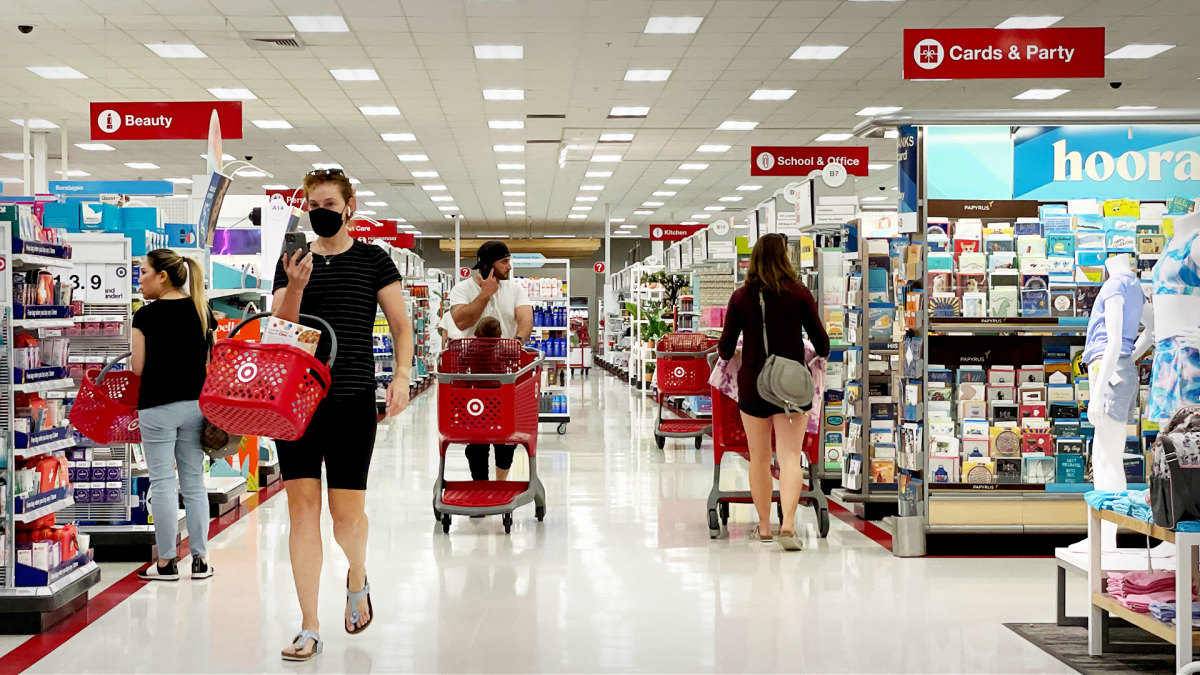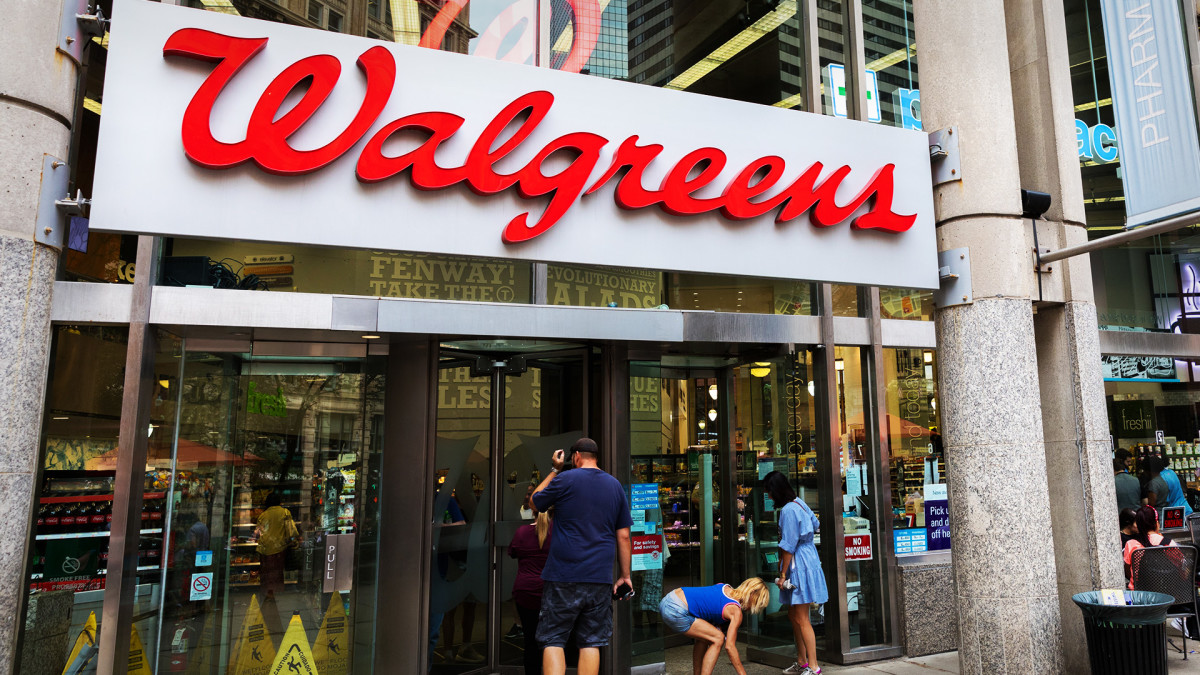
Sometimes the solution to a problem can make things worse.
That's true in the case of some of the most severe diseases humans have to deal with. The cures for cancer — radiation and chemotherapy — bombard your body with poison to kill the cancer cells. The problem is that those treatments don't know the difference between cancerous cells and healthy ones. In many cases, even when those treatments work, they take a heavy toll on the patient.
When your life is on the line, of course, it's worth taking an any-means-necessary approach. It's better to be sick and alive than allowing the illness to kill you.
Related: Walmart has an old-school answer to retail theft and shoplifting
On a lesser level, that's why people take vaccines, which sometimes have side effects. A mild reaction or a sore arm certainly beats getting the flu, shingles or covid.
In retail, however, the solutions to the problem of theft sometimes create more problems than they solve. Retailers including Walmart (WMT) -), Target and Walgreens must balance offering a good customer experience with cutting down on theft.
Customers don't want to be suspects, but most will put up with staff glancing at their receipts as they leave stores. Many will also accept cameras watching self-checkout and other technology solutions designed to cut down on what the industry calls shrink.
Some steps retailers have taken, however, go too far and will cut down on theft while also lowering sales.

Image source: Shutterstock
Walgreens, Target and Walmart might be making the wrong move
To varying degrees, Walmart, Target (TGT) -) and Walgreens have locked up merchandise to prevent theft. The problem is that doing that creates a bad customer experience.
People understand when small, expensive items that can easily be stolen get put behind a counter or require a store associate to unlock them. They're less understanding when more common items get locked up.
"When encountering locked-up merchandise, nearly 20% of shoppers will decide not to buy the product, less than one-third said they’d buy the product online instead of in-store, and over one-third of shoppers said they’d be extremely likely to ask a store associate for help, Advantage Solutions found in its Q3 Outlook report.
So, if you believe those results, which seem plausible, retailers lose 20% of sales on items that they decide to lock up. That solution to theft in many cases might cost the retailers more than the crime they're preventing.
Walgreens testing new store models
While Target and Walmart selectively lock up categories of merchandise based on theft patterns, Walgreens (WBA) -) has gone more extreme.
Walgreens has tested stores where much of the merchandise is not even on the floor and customers must order via kiosk.
"The digital-forward concept introduces a new way to shop in-store by placing an order from one of several digital kiosks," the company said in a news release.
"As customers enter, they’re met by a greeter in the lobby area who is there to welcome and assist them with digital shopping. The kiosks offer Walgreens full catalog of items that are then fulfilled by Walgreens team members and can be picked up and paid for within minutes at the Order Pickup desk."
Calling that concept "digital forward" ignores that it's basically an online shopping experience being brought into a store. Instead of "buy online, pickup in store" customers do the part via the kiosk while in the store.
That setup might reduce theft, but it's not in-store shopping in the traditional sense as customers can't see or handle the merchandise before they buy it.
It's a novel model, but it's also one that encourages customers to buy online rather than visit a store — and that's likely to drive sales to Amazon, not Walgreens' website.
Get investment guidance from trusted portfolio managers without the management fees. Sign up for Action Alerts PLUS now.







